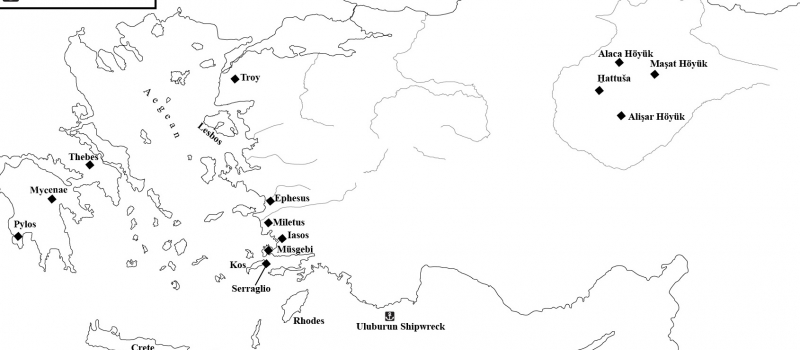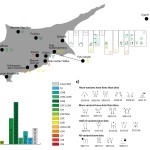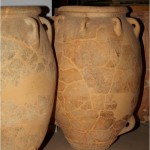Tracing Mobility in Southeast Aegean/Southwest Anatolia during the Late Bronze Age
Antonis Kourkoulakos
O
Over the past decades, various studies have sought to explain the nature of Mycenaean cultural presence in southeast Aegean and southwest Anatolia. However, only very few of these studies have taken contemporary textual evidence into account when interpreting archaeological evidence. This paper aims to rectify this omission by examining the role that numerous networks of mobile individuals played in the dissemination of the Mycenaean material in the area. I intend to highlight how mobility theory can satisfactorily explain the diffusion of the Mycenaean material in the wider region, through the analysis of archaeological material of two settlements: Serraglio on Kos and Miletus. I will argue that a web of diverse mobile individuals – who were associated or not with the Mycenaean palatial centres – travelled to these settlements from the Greek mainland and the southeast Aegean/southwest Anatolia and started a gradual process of acculturation, which fully developed by LH IIIA2-IIIB. By comparing the archaeological evidence with information drawn from Hittite sources, a historical framework against which the acculturation process can be set is created.

Kourkoulakos A., Tracing Mobility in Southeast Aegean/Southwest Anatolia during the Late Bronze Age, SMEA NS 8, 2022, 17-40.


